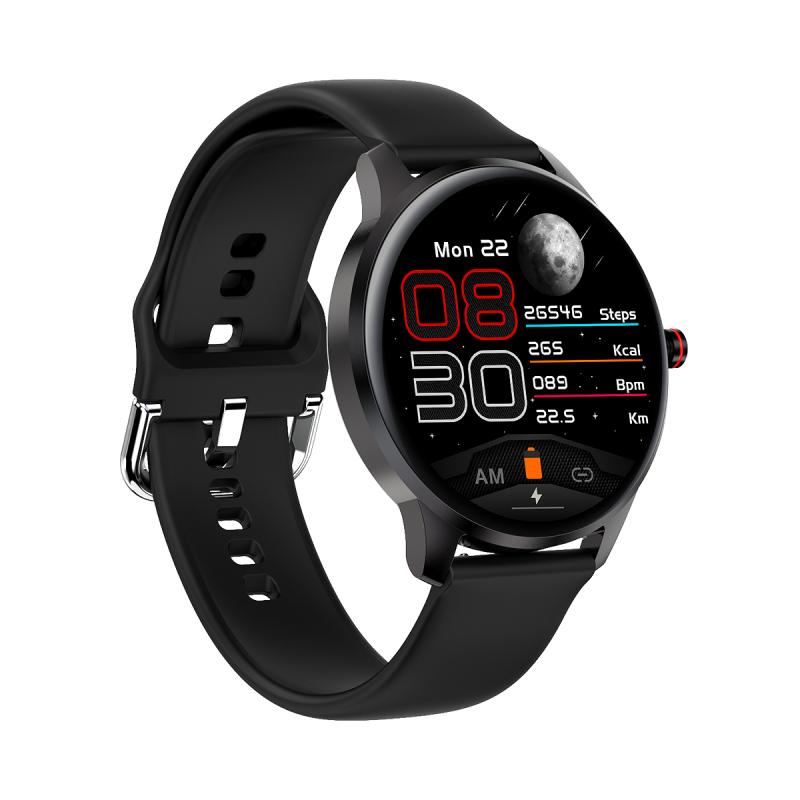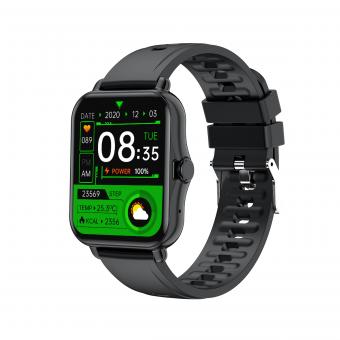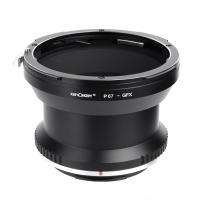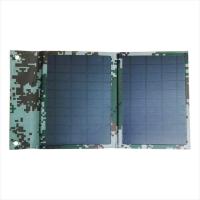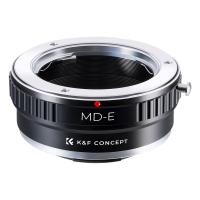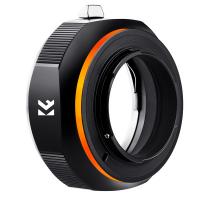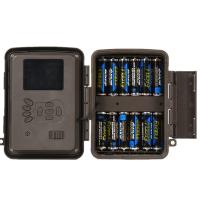How To See White Blood Cells Under Microscope ?
To see white blood cells under a microscope, you will need to prepare a blood smear slide. First, clean the area where you will be working and sterilize the equipment. Then, using a lancet, prick the patient's finger to obtain a small drop of blood. Place the drop of blood on a glass slide and spread it out using another slide. Allow the slide to air dry completely.
Once the slide is dry, fix the cells by passing it through a flame a few times. Then, stain the slide using a Wright's stain or a Giemsa stain. Allow the stain to sit for a few minutes before rinsing it off with distilled water. Blot the slide dry and examine it under a microscope using the 40x or 100x objective lens.
White blood cells will appear as small, round cells with a dark nucleus and a lighter cytoplasm. They may be difficult to distinguish from red blood cells, so it is important to focus carefully and scan the entire slide to locate them.
1、 Blood sample preparation
Blood sample preparation is a crucial step in seeing white blood cells under a microscope. The first step is to obtain a blood sample from the patient. This can be done by using a needle to draw blood from a vein in the arm. The blood is then collected in a tube containing an anticoagulant to prevent clotting.
Once the blood sample is obtained, it needs to be prepared for microscopy. The sample is placed on a glass slide and a drop of saline solution is added to it. The saline solution helps to spread the blood cells evenly on the slide. A cover slip is then placed over the sample to prevent it from drying out.
To see white blood cells under a microscope, the sample needs to be stained. There are different types of stains that can be used, but the most common one is Wright's stain. This stain is a mixture of eosin and methylene blue, which stains the different components of the blood cells.
The stained blood sample is then examined under a microscope. The microscope should be set to a low magnification to locate the white blood cells. Once located, the magnification can be increased to get a better view of the cells.
It is important to note that the preparation of the blood sample and the staining process can affect the quality of the images obtained. Therefore, it is important to follow the correct procedures and use high-quality stains to obtain accurate results.
In recent years, new techniques such as flow cytometry and digital microscopy have been developed to improve the accuracy and efficiency of white blood cell analysis. These techniques use advanced technology to analyze the cells and provide more detailed information about their characteristics.

2、 Microscope setup and focusing
How to see white blood cells under a microscope involves a few steps that need to be followed carefully. The first step is to set up the microscope correctly. This involves ensuring that the microscope is clean and free from dust and debris. The next step is to prepare the sample for observation. This involves taking a small sample of blood and placing it on a slide. The slide is then covered with a cover slip to prevent the sample from drying out.
Once the sample is prepared, the microscope needs to be focused correctly. This involves adjusting the focus knob until the sample comes into focus. It is important to adjust the focus slowly and carefully to avoid damaging the sample or the microscope.
To see white blood cells under a microscope, it is important to use a high magnification lens. This will allow you to see the cells in greater detail. It is also important to use a microscope with good resolution to ensure that the cells are clear and easy to see.
In recent years, advances in technology have made it easier to see white blood cells under a microscope. For example, digital microscopes can be connected to a computer, allowing the user to view the sample on a larger screen. This can make it easier to see the cells and identify any abnormalities.
In conclusion, seeing white blood cells under a microscope requires careful preparation, correct microscope setup, and focusing. Using a high magnification lens and a microscope with good resolution can also help to make the cells easier to see. Advances in technology have made it easier to see white blood cells under a microscope, and this is likely to continue in the future.
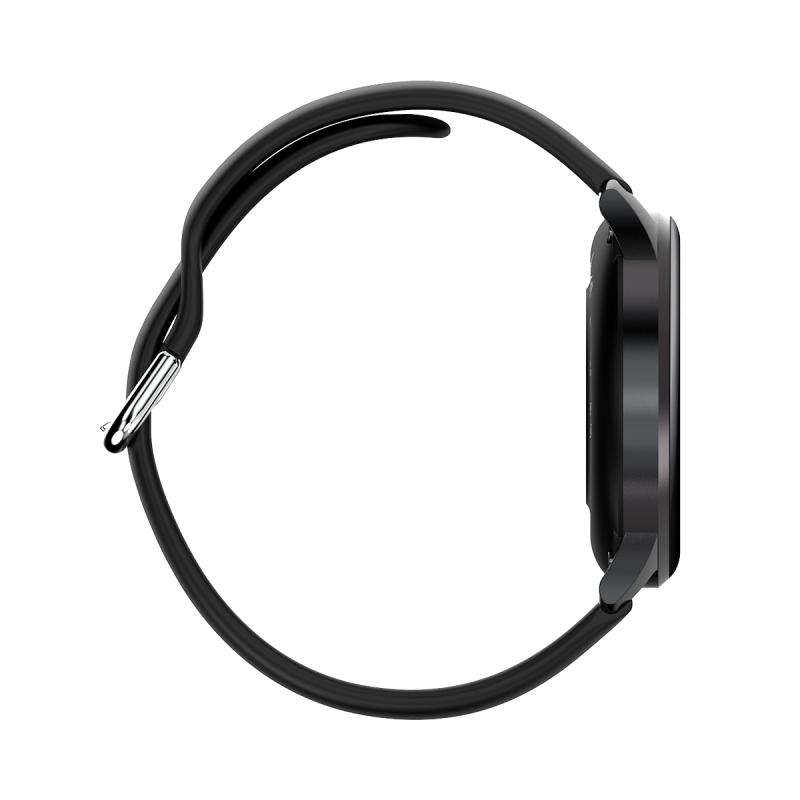
3、 Identification of white blood cells
How to see white blood cells under a microscope:
To see white blood cells under a microscope, you will need to prepare a blood smear slide. Here are the steps to follow:
1. Collect a small amount of blood from a patient's fingertip or vein using a sterile needle and syringe.
2. Place a drop of blood on a clean glass slide and spread it out using another slide.
3. Allow the blood smear to air dry completely.
4. Fix the smear by passing it through a flame or immersing it in methanol for 1-2 minutes.
5. Stain the smear with a suitable stain such as Wright's stain or Giemsa stain.
6. Examine the slide under a microscope using the 40x or 100x objective lens.
7. Identify the different types of white blood cells based on their size, shape, and staining characteristics.
Identification of white blood cells:
There are five types of white blood cells: neutrophils, lymphocytes, monocytes, eosinophils, and basophils. Each type has a specific function in the immune system. Neutrophils are the most abundant and are responsible for phagocytosis of bacteria and other foreign particles. Lymphocytes are involved in the production of antibodies and the destruction of infected cells. Monocytes differentiate into macrophages and are involved in phagocytosis of foreign particles. Eosinophils are involved in the destruction of parasites and allergic reactions. Basophils release histamine and other chemicals involved in inflammation.
Recent advances in technology have allowed for the identification of subtypes of white blood cells based on their gene expression profiles. This has led to a better understanding of the immune system and the development of new therapies for immune-related diseases.

4、 Counting and recording white blood cells
How to see white blood cells under a microscope:
To see white blood cells under a microscope, you will need to prepare a blood smear slide. Here are the steps to follow:
1. Collect a small amount of blood from a patient using a sterile needle and syringe.
2. Place a drop of blood on a clean glass slide and spread it out using another slide.
3. Allow the blood smear to air dry completely.
4. Fix the smear by passing it through a flame or using a fixative solution.
5. Stain the smear using a suitable stain such as Wright's stain or Giemsa stain.
6. Examine the slide under a microscope using the 40x or 100x objective lens.
7. Identify and count the different types of white blood cells present in the smear.
Counting and recording white blood cells:
To count and record white blood cells, you will need to use a hemocytometer or a specialized counting chamber. Here are the steps to follow:
1. Dilute the blood sample with a suitable diluent to obtain a known concentration of cells.
2. Place a small amount of the diluted sample on the counting chamber.
3. Allow the cells to settle for a few minutes.
4. Count the number of cells in a specific area of the chamber using a microscope.
5. Repeat the counting process in different areas of the chamber to obtain an average count.
6. Calculate the total number of cells in the sample based on the dilution factor and the average count.
7. Record the counts for each type of white blood cell and calculate the percentage of each type.
It is important to note that the latest point of view in white blood cell counting is the use of automated cell counters, which provide faster and more accurate results compared to manual counting methods. However, manual counting methods are still widely used in research and diagnostic laboratories.
